Water sports enthusiasts are well informed that snorkeling and scuba diving both offer a perspective of underwater activity, but through two different channels, and thus need different equipment. Your mask is one of your most important piece of equipment to use. Although they might look the same at first glance, scuba and snorkel masks are quite different in significant aspects that are significant to your comfort and safety. Scuba masks are built to operate under pressure when you are underwater deep within the water, while snorkel masks are meant for floating near the surface. These differences impact everything from the way they're built to the way they feel while you're in the water.

Mask Basics: Snorkel vs. Scuba
Snorkel Masks: Surface Viewing Made Simple
A snorkel mask fits over your nose and eyes as you swim at the surface of the water. It is attached to a breathing tube that protrudes above the water, allowing you to breathe normally while keeping your face lowered to observe fish and coral below. These masks are designed for easy exploration in shallow, peaceful waters.
You will typically use a snorkel mask in water of up to 10 feet depth, perfect for observing reefs, tropical fish cruising, or coasting over rock shores. They are lightweight, easy to work with, and not at all requiring extensive training.
Scuba Masks: Built for the Deep
A scuba mask is designed for diving deeper into the water. If you're breathing air from an air tank on your back, your mask needs to be able to handle the increased water pressure at depth.
Scuba divers rely on these masks for extended periods underwater, whether descending to investigate shipwrecks, along walls of reefs, or to capture images of sea life far beneath the surface. These masks are part of an entire dive system and are created to work together with regulators, tanks, and other specialized equipment.
Structural Differences Between Snorkel and Scuba Masks
As you hold a snorkel mask and a scuba mask alongside each other, you'll immediately observe a few distinctive design features. These are not arbitrary differences—each feature is designed with a particular reason and purpose behind its existence depending on how and where the mask is to be employed.
Key Design Elements
Snorkel Mask Construction
Snorkel masks come in two general styles. The ancient type covers only eyes and nose, with a separate snorkel tube that fits into your mouth. These kinds of masks have a wide single lens or twin lenses connected by a nose pocket. The frame is usually lightweight and flexible.
Full-face masks are a new style. They cover your face completely, and you can breathe through both your nose and mouth. Your tube is built right into the top of the mask, without even needing a separate mouthpiece.
Snorkel masks prioritize:
- Wide field of view for spotting colorful fish and coral
- Comfortable fit during extended surface floating
- Easy breathing without water splashing into the snorkel
Scuba Mask Construction
Scuba masks look more compact and robust. Most feature tempered glass lenses rather than plastic, as glass maintains clarity under pressure and resists scratching from sand and salt.
A critical design element is the "low volume" interior space. Less air inside the mask means:
- Easier clearing if water gets in
- Less buoyancy pulling the mask away from your face
- Reduced drag while swimming underwater
The nose pocket is deliberately designed to allow finger access, so you can pinch your nose to equalize pressure in your ears during descent—something snorkel masks often don't accommodate well.
Materials Matter
Snorkel Mask Materials
The skirt (the part that seals against your face) in snorkel masks is typically made from:
- Softer, more flexible silicone
- Lighter-weight compounds
- Sometimes transparent materials to allow more light in
These materials create a comfortable seal for extended surface swimming without causing pressure points or facial fatigue.
Scuba Mask Materials
Scuba masks use:
- Denser, more rigid silicone that won't compress at depth
- Stronger frames, often with reinforced corners
- Buckle systems designed to withstand pressure changes
- High-grade tempered glass that won't implode under pressure
The frame materials must resist corrosion from saltwater and withstand repeated exposure to pressure without warping or breaking.
These structural differences directly affect performance—a lightweight snorkel mask might be perfect for calm surface exploration but could leak or even break if taken to scuba depths. Likewise, a heavy-duty scuba mask might feel unnecessarily bulky for casual snorkeling.

Functional Differences: How Snorkel and Scuba Masks Perform
Learning how each type of mask operates underwater makes sense of why they're built so differently. These functional differences are the reasons why using the wrong mask for your use results in discomfort or even danger to your safety.
Pressure Equalization Features
Water pressure increases by approximately 1 atmosphere (14.7 psi) for every 33 feet (10 meters) you descend. This pressure affects air spaces in your body, including the small air pocket inside your mask.
Scuba Mask Equalization Design
Scuba masks feature specific design elements to manage pressure changes:
- A flexible nose pocket that allows you to pinch your nose
- Reinforced frames that resist distortion under pressure
- Low internal volume to minimize the air space that needs equalizing
When diving deeper, you need to do this repeatedly "equalize" your mask by blowing out slowly through your nose. This fills the mask with air to neutralize the greater water pressure otherwise compressing your mask painfully onto your face. Without the luxury of pinching your nose closed, ear clearing (equalization) is uncomfortable or impossible, and may contribute to ear barotrauma.
Snorkel Mask Limitations
Most snorkel masks, especially full-face designs, lack adequate nose access for equalization:
- Full-face models completely enclose the nose without direct access
- Traditional models may have nose pockets but aren't designed for repeated equalization
- The silicone skirt may be too soft to withstand pressure at depth
This is rarely an issue for surface snorkeling but becomes problematic if you dive down more than a few feet. Beyond 6-10 feet deep, snorkelers using masks without equalization features may experience:
- The "mask squeeze" effect (uncomfortable suction against facial tissues)
- Difficulty clearing water that enters the mask
- Inability to equalize ears properly
Field of Vision Differences
Snorkel Mask Visibility Advantages
Snorkel masks often prioritize a panoramic view of your surroundings:
- Single-lens designs eliminate the center frame that blocks vision
- Full-face masks provide an unobstructed 180° field of view
- Larger lens size lets you see more of the underwater world
This wide field of view helps you spot interesting marine life all around you while floating at the surface.
Scuba Mask Vision Priorities
Scuba masks typically feature:
- Smaller lens areas that are easier to equalize and clear
- Tempered glass for undistorted vision at varying depths
- Closer fit to the face to improve focus and reduce glare
- Sometimes tinted lenses to correct color loss at depth
The more focused field of view in scuba masks helps divers concentrate on specific tasks like equipment checks, gauge reading, and underwater navigation. Many serious divers prefer clarity and functionality over an ultra-wide field of view.

When to Use Each Mask Type: Best Applications
Choosing the right mask depends heavily on your planned underwater activities. The environments you'll explore and your underwater goals should guide your equipment selection.
Perfect Scenarios for Snorkel Masks
Ideal Conditions for Snorkeling
Snorkel masks perform best in:
- Protected bays and lagoons with minimal waves
- Water depths of 5-15 feet where reefs or marine life are visible from the surface
- Clear water with good visibility
- Locations with gentle or no currents
- Warm water environments where extended surface swimming is comfortable
These conditions let you float effortlessly while breathing through your snorkel tube, making the experience relaxing and accessible even for beginners.
Typical Snorkeling Activities
A snorkel mask is the perfect choice when:
- Floating above coral reefs to observe marine ecosystems
- Swimming alongside gentle marine life like sea turtles
- Exploring shallow shipwrecks visible from the surface
- Enjoying casual underwater photography near the surface
- Teaching children about marine environments
Many popular vacation destinations offer perfect snorkeling conditions right off the beach, making this activity accessible without extensive training or equipment.
When to Choose a Scuba Mask
Diverse Environments for Scuba Diving
Scuba masks are designed to function in:
- Open ocean environments with varying conditions
- Depths ranging from 15 to over 100 feet
- Sites with currents or surge
- Both warm and cold water locations
- Low visibility situations where proximity to what you're viewing matters
The robust design of scuba masks handles these varied conditions while providing the functionality needed for extended time underwater.
Scuba-Specific Activities
A proper scuba mask becomes essential when:
- Exploring deep reef walls where marine life changes with depth
- Investigating shipwrecks that sit on the ocean floor
- Navigating through underwater caves or caverns
- Photographing deep-water species not visible from the surface
- Conducting underwater research or surveys
- Night diving, where a proper seal and reliability are crucial
Scuba diving opens up underwater worlds inaccessible to snorkelers, but requires specialized equipment, training, and certification to do safely.
Crossover Uses
Some specialized masks work reasonably well for both activities:
- Low-volume snorkel masks with good nose access can handle shallow free diving
- Certain minimalist scuba masks work for surface snorkeling, though they may offer a more limited field of view
- Freediving masks often represent a middle ground, designed for repeated dives to moderate depths without scuba gear
The right mask choice significantly affects your comfort, safety, and enjoyment underwater. Matching your equipment to your specific activity creates the best possible underwater experience.

Pick the Right Mask for Your Underwater Adventures!
Scuba and snorkel masks both permit you to see underwater, but they're made differently for a purpose. Snorkel masks are perfect for drifting near the top in shallow, calm water with their comfort of wearing and wide view. Scuba masks are built to resist deep-water pressure with stronger materials and features meant for equalization. Choosing the proper mask for your activity—watching fish on the surface or diving deep wrecks—enables your underwater adventure to be safer and more enjoyable. Ensure that your mask fits correctly prior to entering the water.
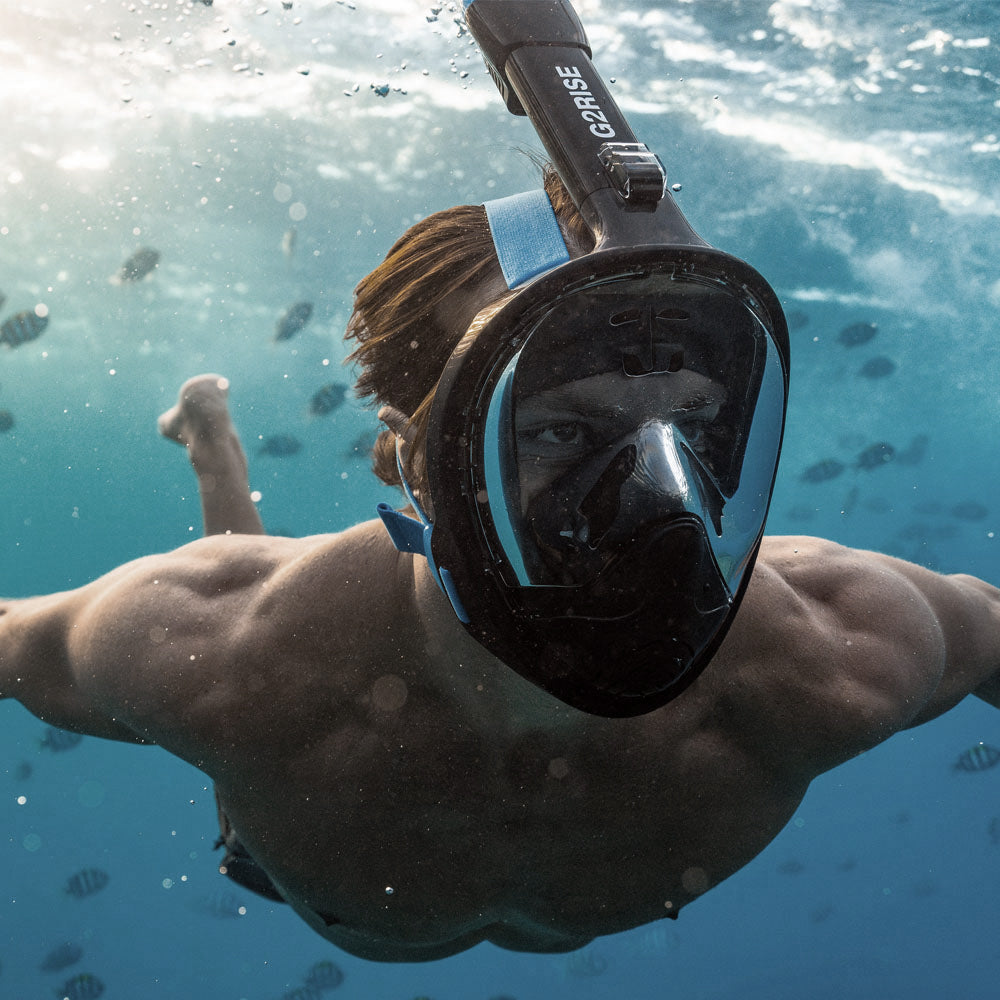

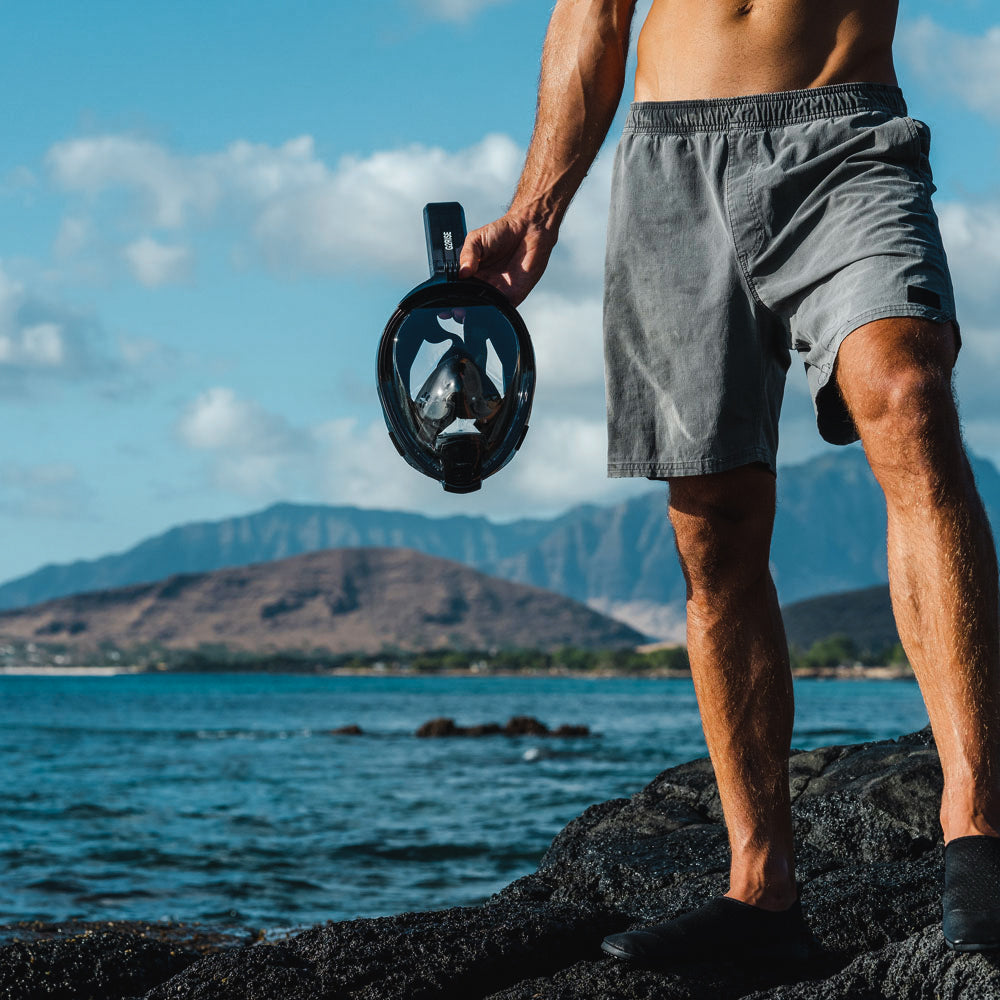
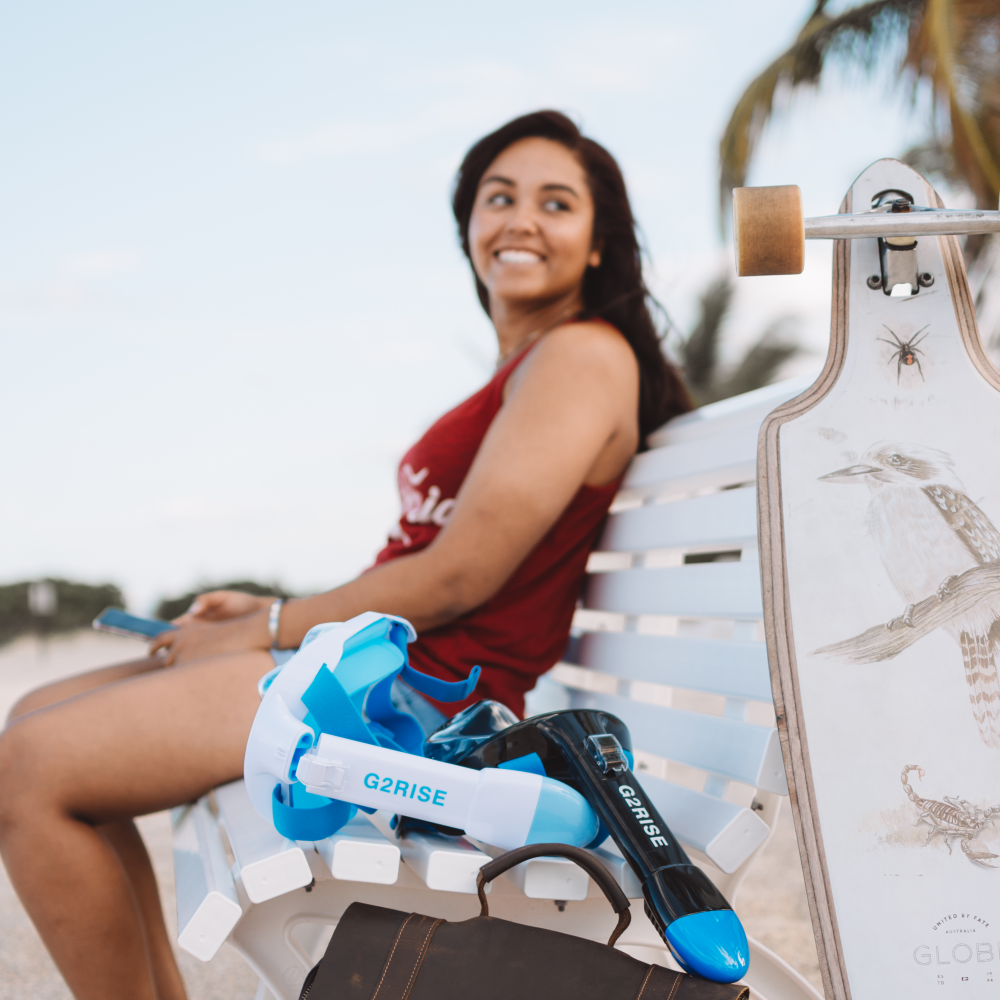
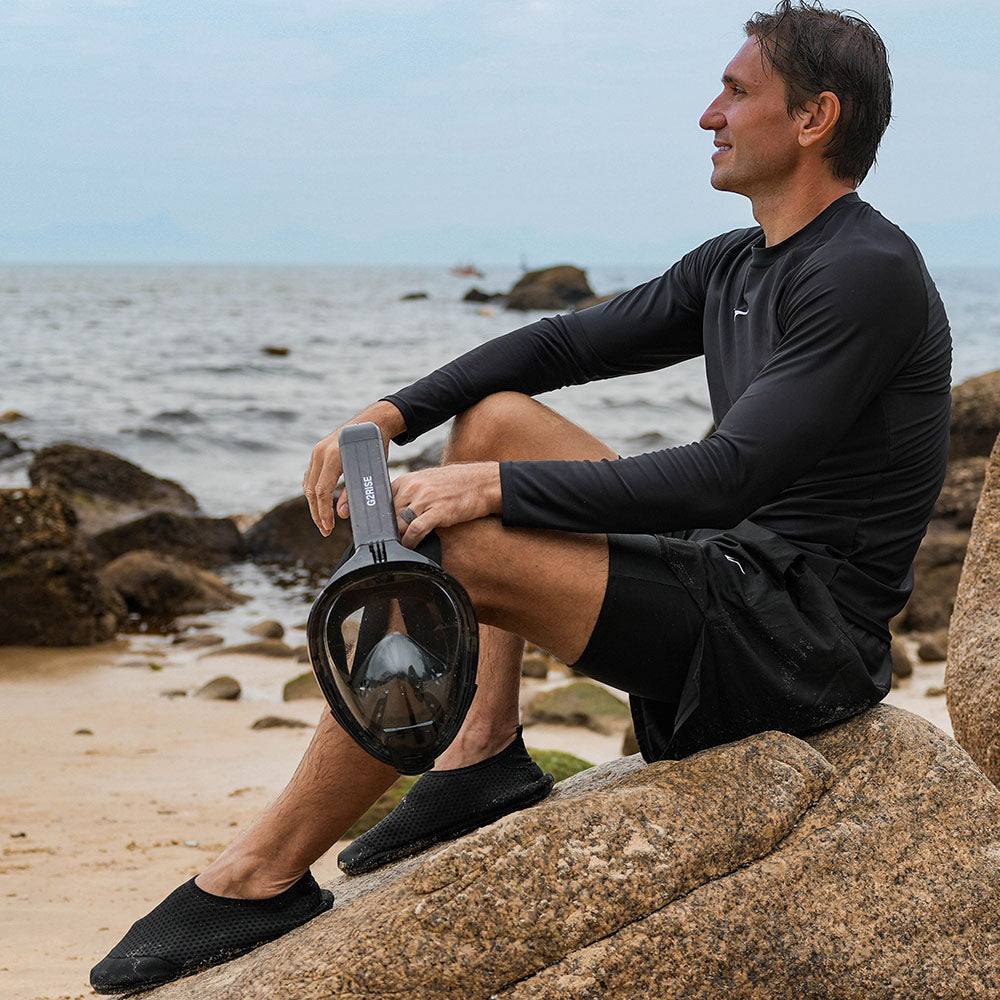

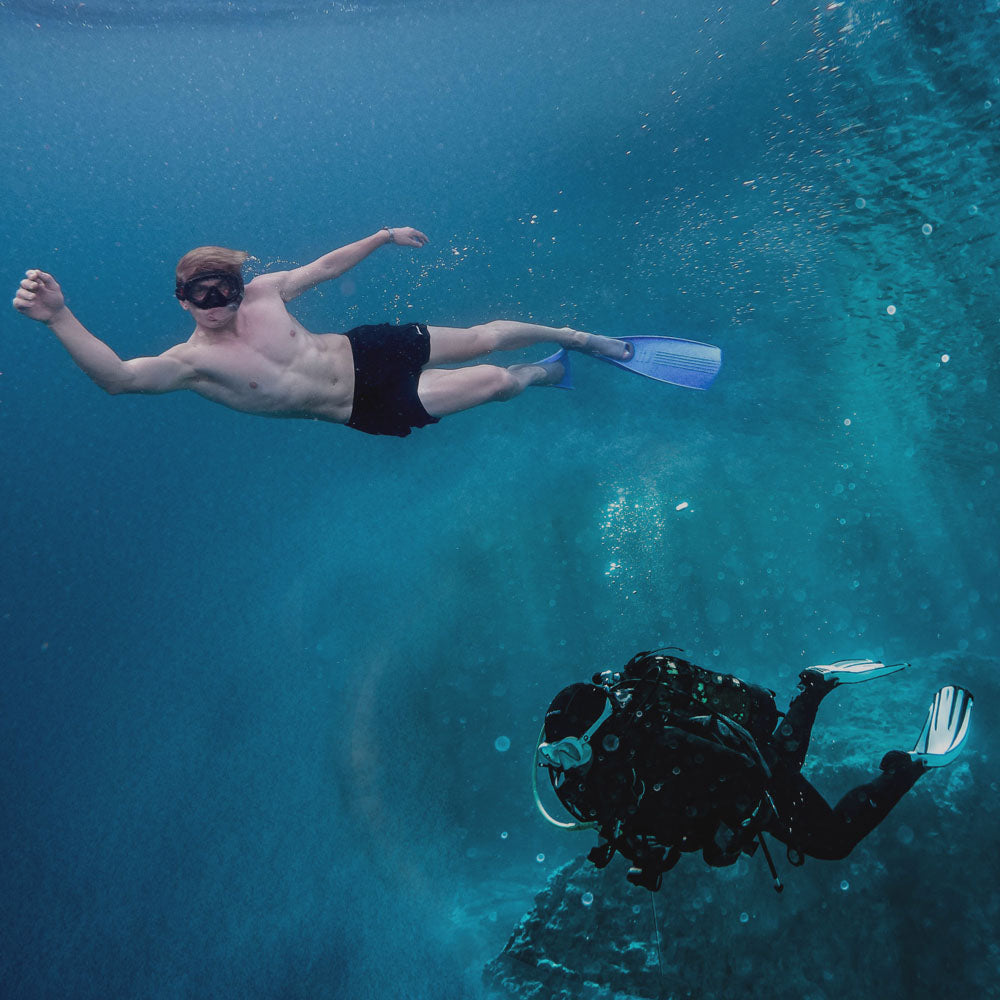
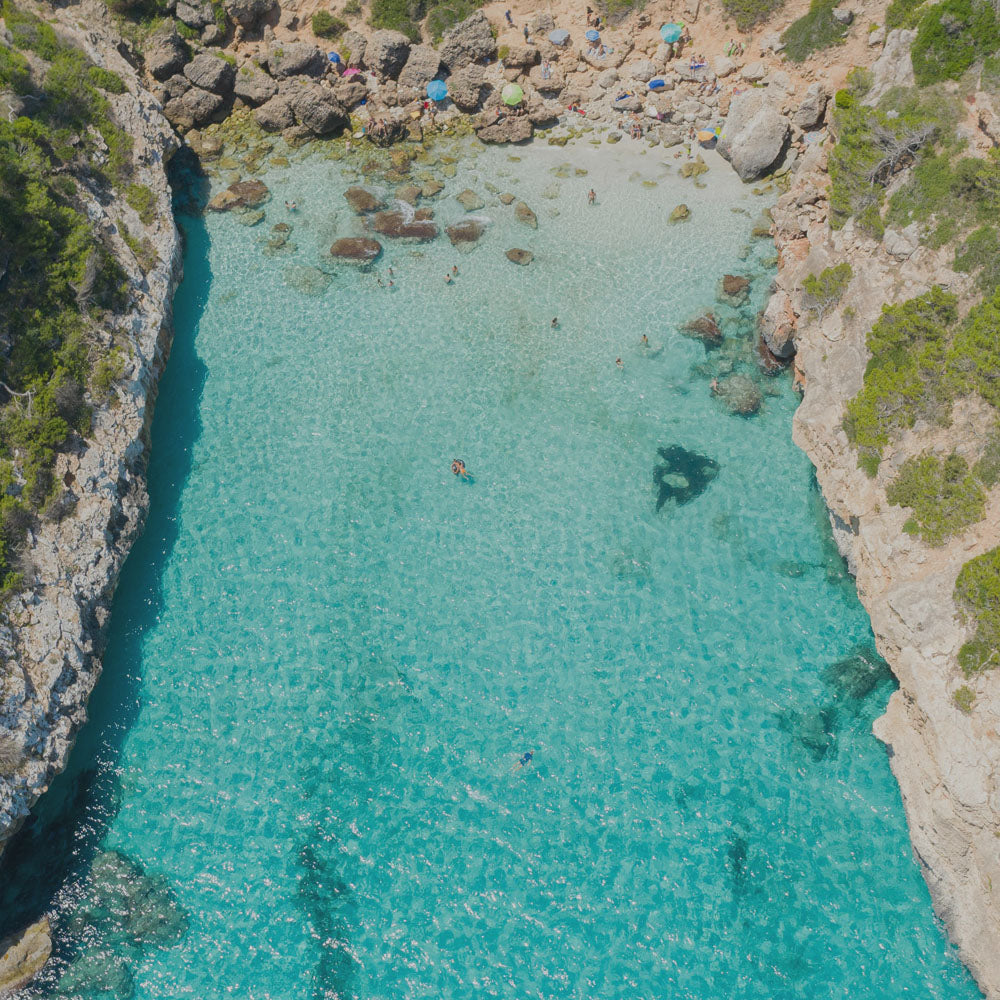

Leave a comment
This site is protected by hCaptcha and the hCaptcha Privacy Policy and Terms of Service apply.